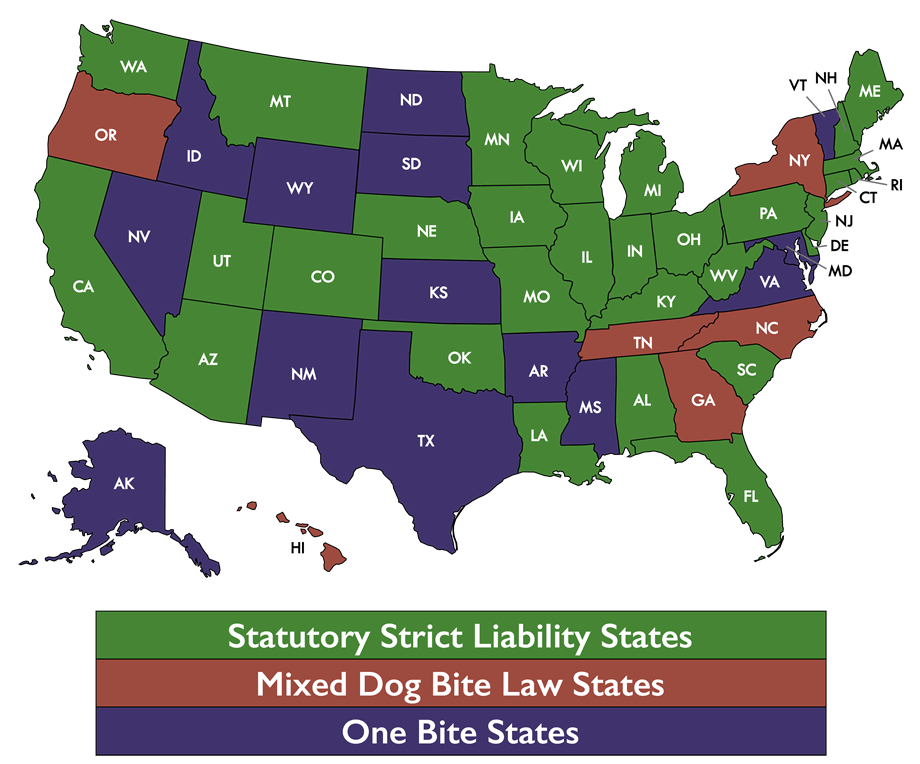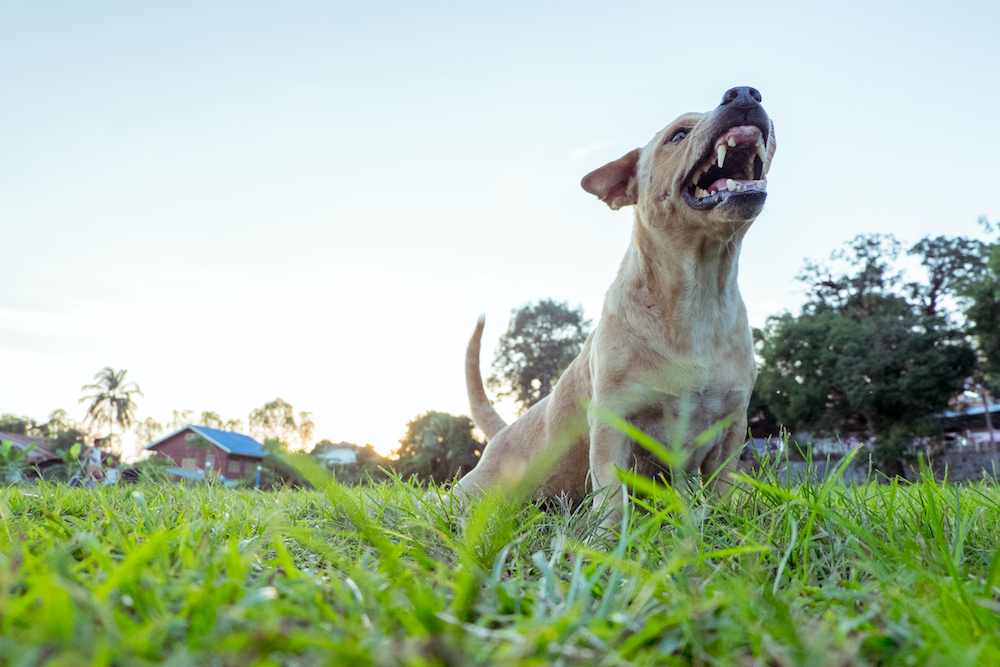While it is rare for a landlord to be held liable for injury caused by their tenant’s dog, that doesn’t stop the injured party from pulling the landlord into a suit, and there are some situations where the landlord could be considered responsible.
The laws around canine liability in case of a dog bite vary from state to state. If your investor clients operate as landlords and allow their tenants to have dogs, they should be aware of the laws in their state. Even if the dog doesn’t have any signs of aggression or prior incident, the dog owner may be held liable for any bodily injury or property damage.

A “One Bite State” means that the dog owner (and anyone who harbors or keeps the dog) will NOT be held liable for the first injury caused by a dog but CAN be held liable for bites or injury caused by a dog known to have caused injury in the past or be considered “vicious.” The liability is a result of keeping a dog that is known to have hurt people in the past.
A “Mixed Dog Bite State” holds some level of the “one bite rule” with some additional degree of liability.
You and your investor clients can learn more about these state laws here.
As the landlord, your investor client may become responsible in one of the following situations:
- They knew the dog was aggressive and did nothing.
- They had the right to remove the dog by retaking possession of the premises.
- They “harbored” or cared for the tenant’s dog or had some level of control over it.
- They had a rule in their lease prohibiting tenants from having vicious dogs but did not enforce the rule.
If your investor client carries their Premises Liability in the REInsurePro program, they have a $25,000 or $50,000 sublimit for bodily injury by canines that occur on owned premises. However, they may also consider requiring their tenants to carry a Canine Liability policy, with the investor listed as Additional Insured on the policy to act as the first line of defense.





